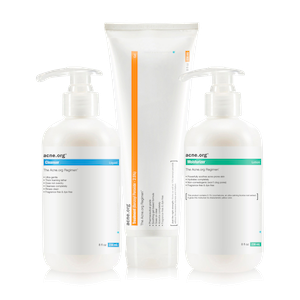What Is It?
Cryotherapy uses liquid nitrogen to freeze and destroy hypertrophic (raised) scars by either applying liquid nitrogen on the outside of the scar or by injecting liquid nitrogen directly into the scar.
Cryotherapy is normally repeated multiple times (3 or more) in 4-week intervals. You should see gradual results with each session. After your last session, your scar(s) should continue to improve. However, in some cases, scars may grow back after treatment.
Results
Results
Strength of Evidence: Moderate
80% of patients achieved a good (>50%) or excellent (>75%) improvement in scarring
Expand for result statistics
Good or Excellent Response
80% of patients achieved a good (>50%) or excellent (>75%) improvement in scarring
Scar Height Reduction
Average 77% reduction in scarring
Mean improvement in VSS total score
Average 59% reduction in scarring
Mean improvement in VSS pigmentation score
Average 42% reduction in scarring
Mean improvement in VSS height score
Average 59% reduction in scarring
Mean improvement in VSS pliability score
Average 84% reduction in scarring
Mean improvement in VSS vascularity score
Average 45% reduction in scarring
Side Effects
Side Effects
Medium-high side effects and adverse reactions
 Acne.org Products
Acne.org Products